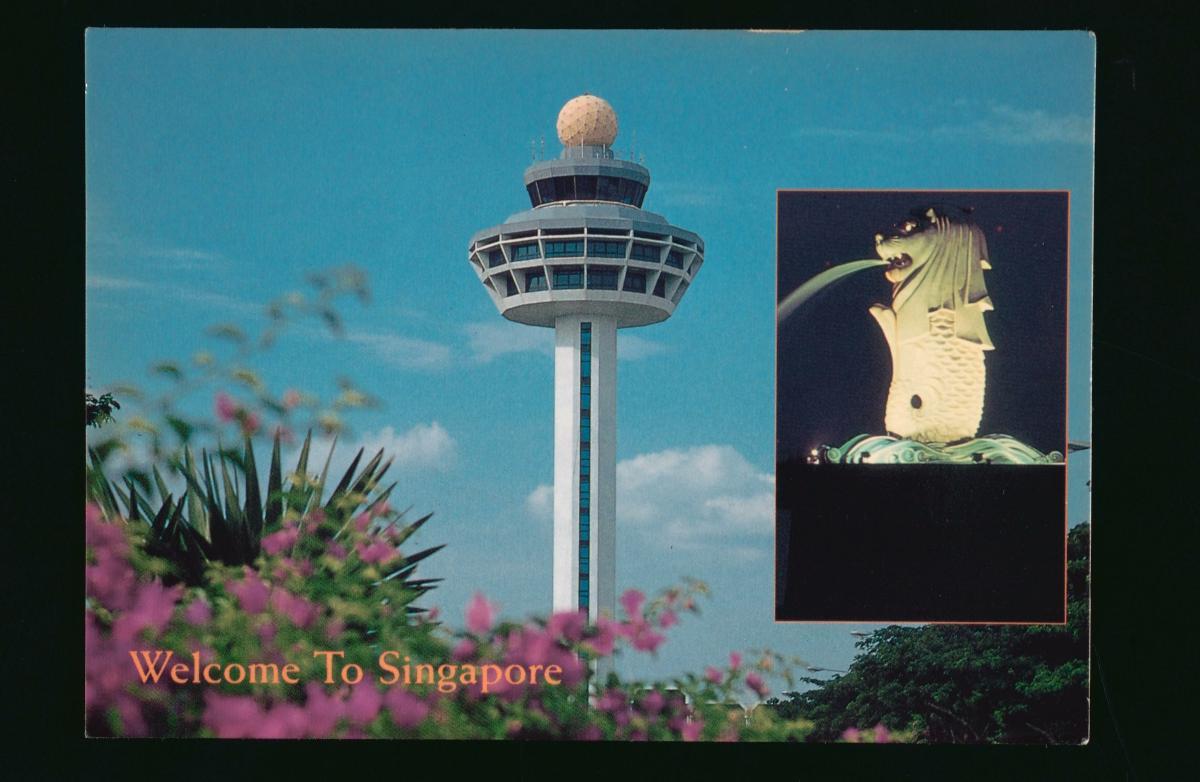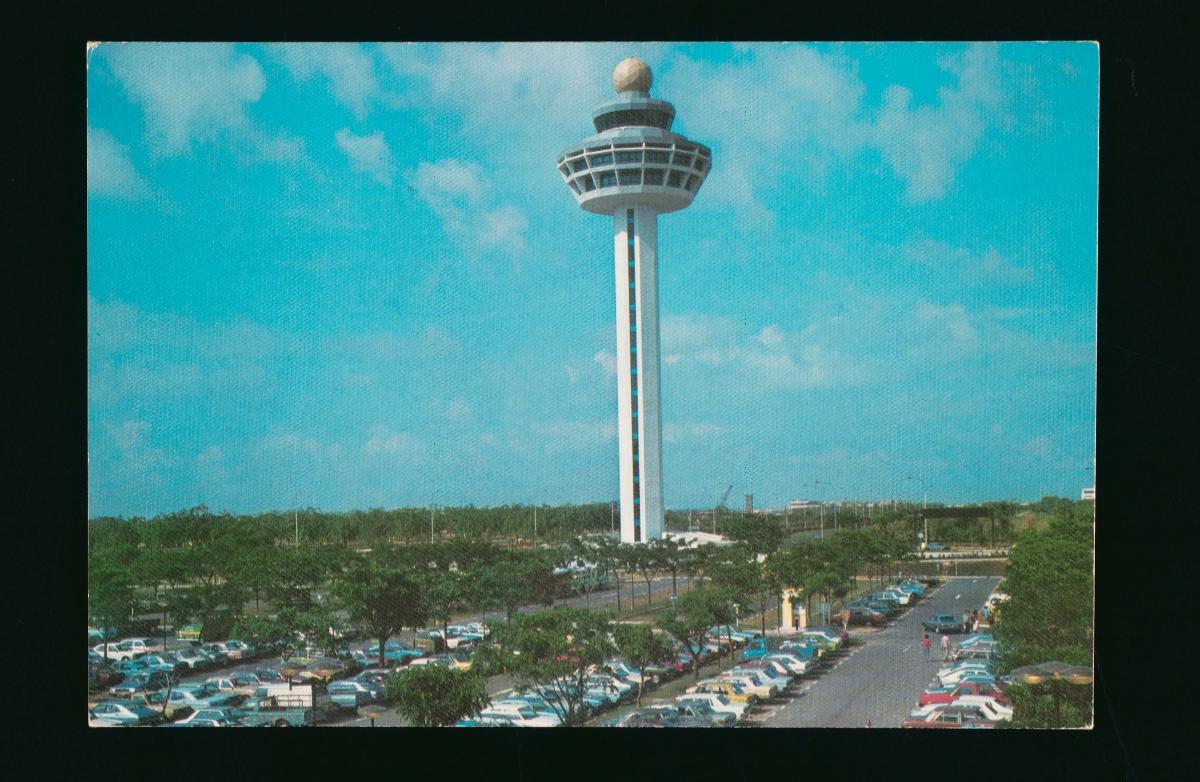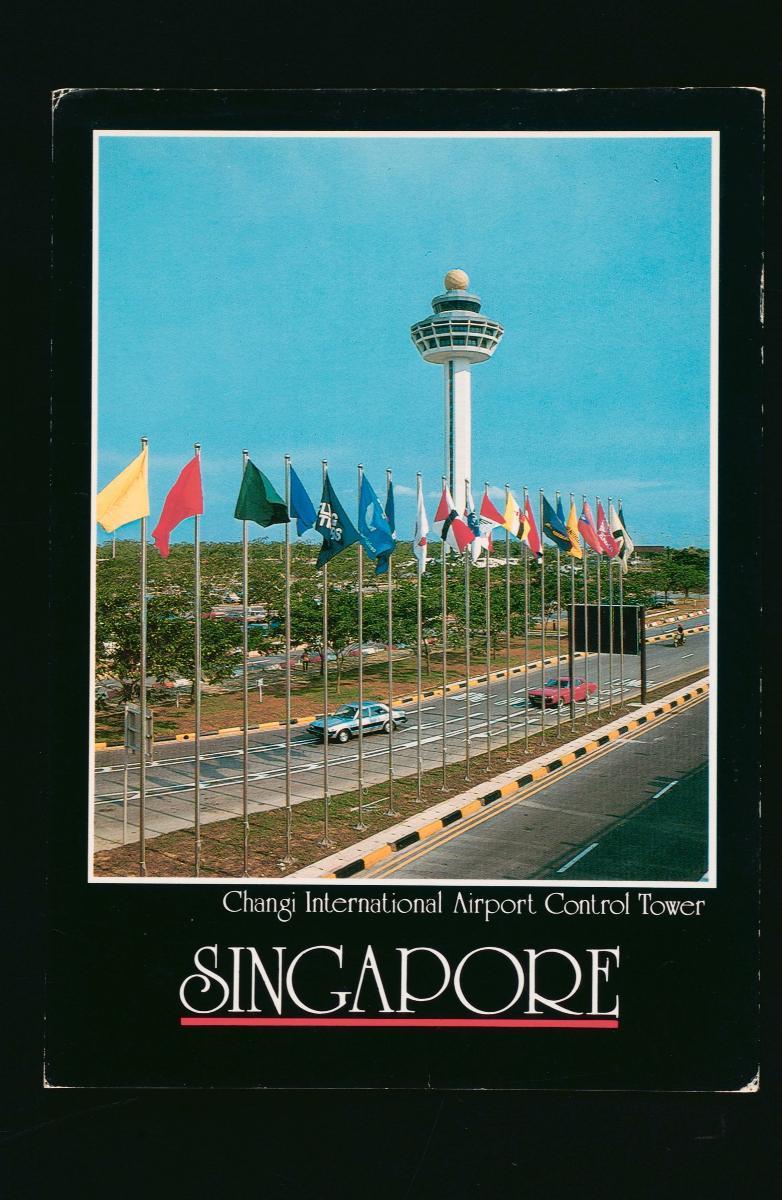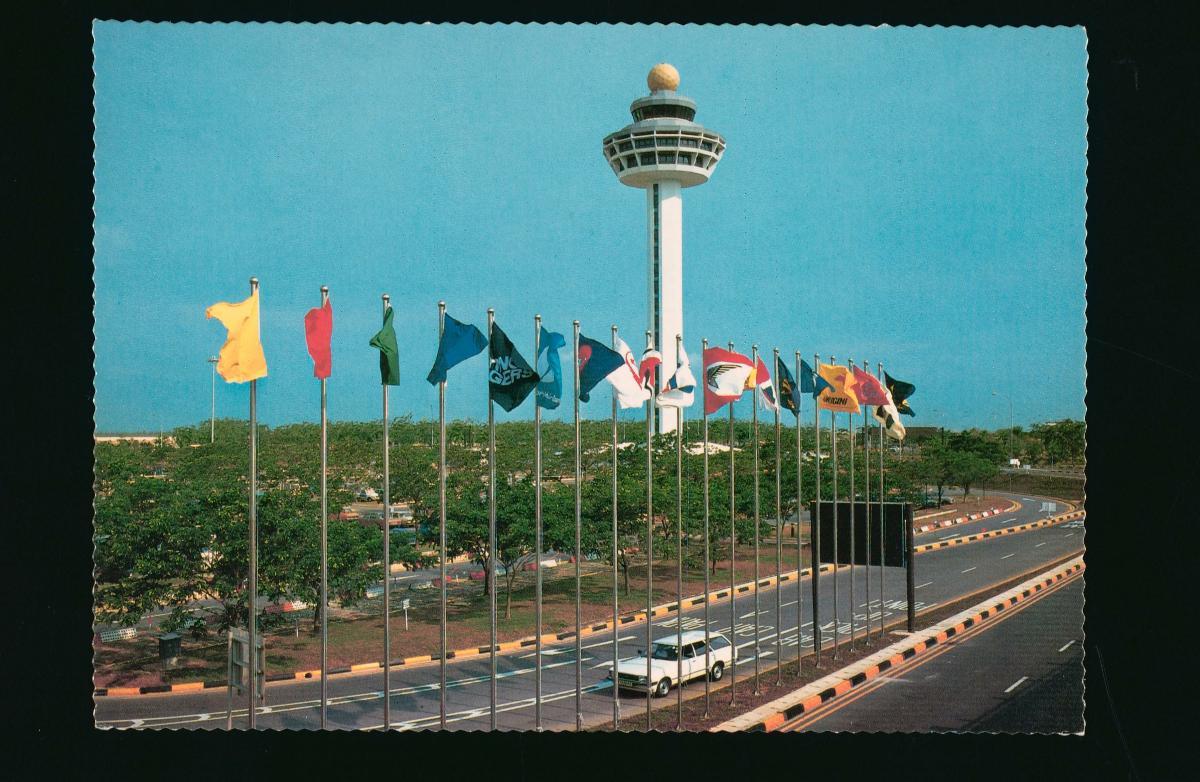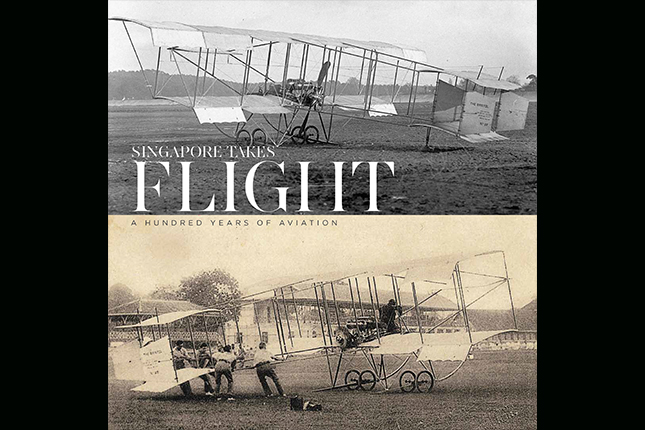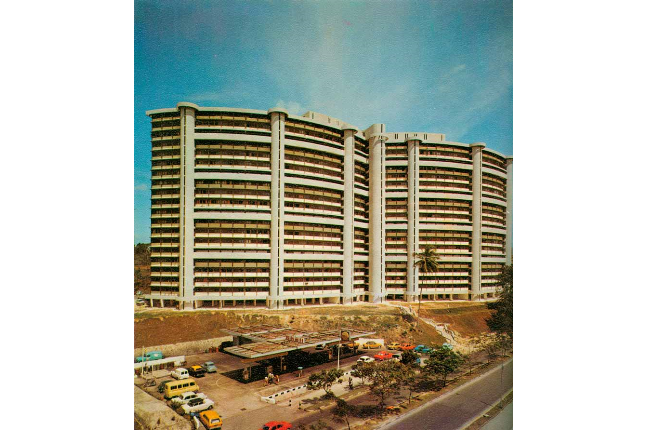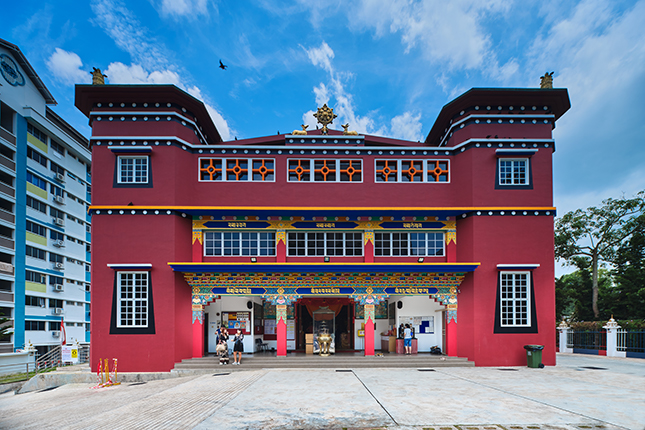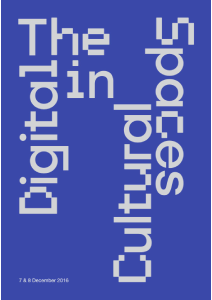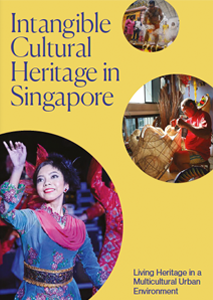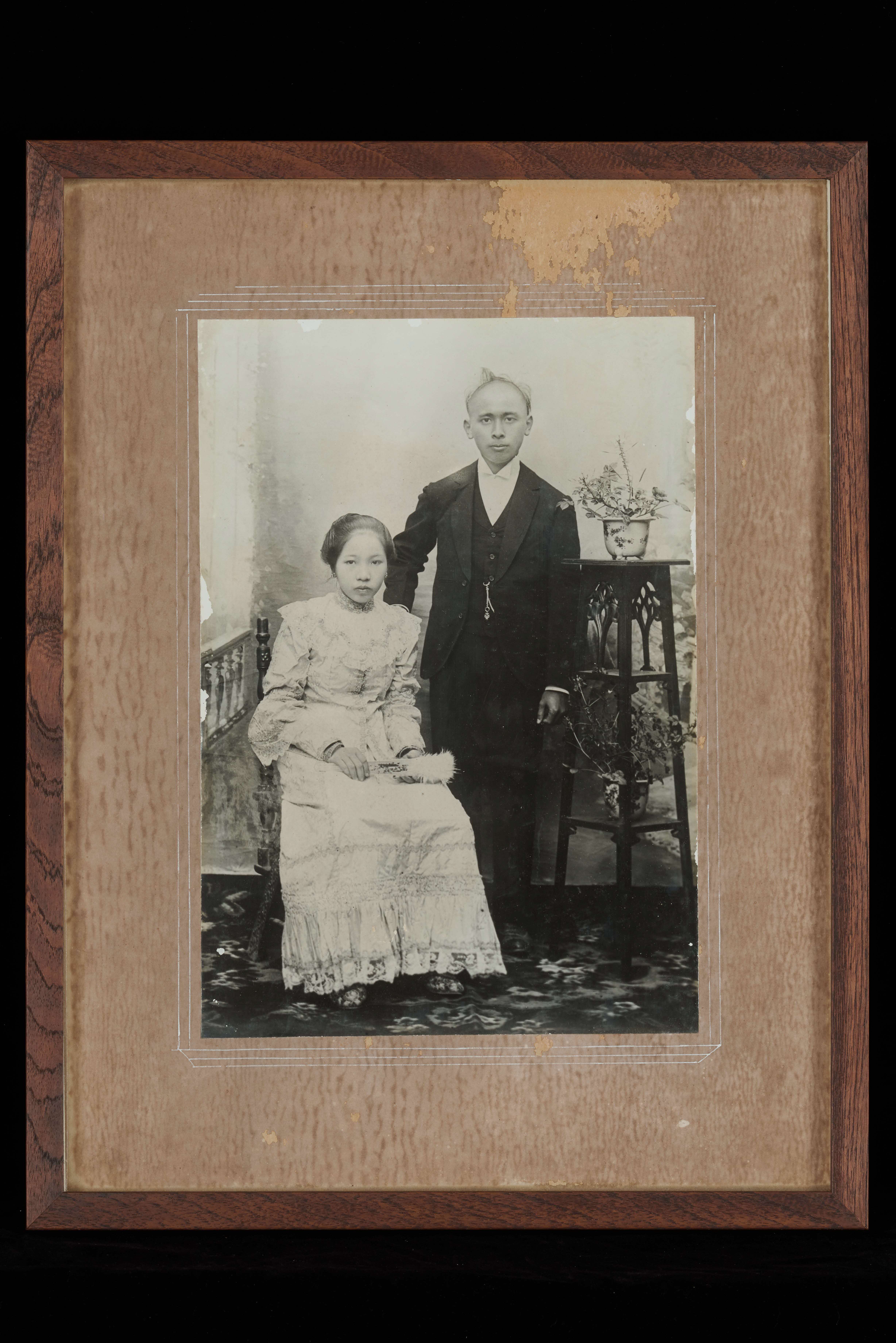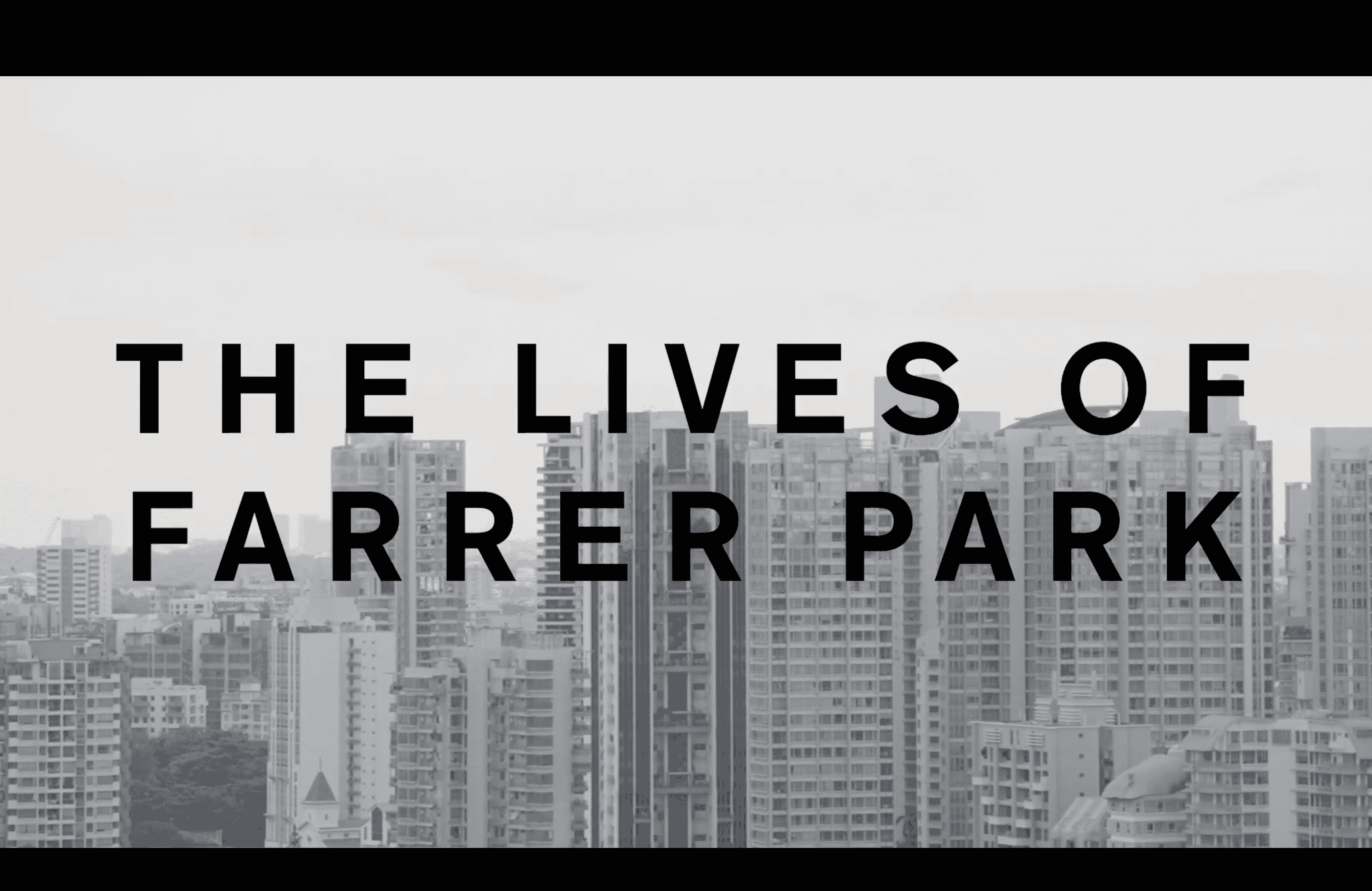Located on the eastern end of Singapore, Changi Airport was built as a replacement for the Paya Lebar Airport, which had run out of room for further expansion by the early 1970s. The Royal Air Force base at Changi was selected as the site of the new airport and land reclamation works began in June 1975 to further expand the area. Construction work on the first phase of the airport was completed in 1981 and the first commercial flight, SQ 101 from Kuala Lumpur, touched down at the airport on 1st July. Changi Airport initially comprised of two parallel runways, an 80-metre-tall control tower, and the five-storey Terminal One building that was capable of handling 12 million passengers a year. By the mid 1980s, the airport was already approaching full capacity and construction work was started on another terminal building. Terminal Two began operations in 1990 and doubled the airport’s passenger capacity. Following further expansion works to the two terminals, the airport’s total capacity had increased to 44 million passengers by 2006. The Budget Terminal also began operations in March that year to cater to passengers travelling on low-cost airlines. Changi Airport’s capacity was further increased when a third terminal building, Terminal 3, started operations in 2008.The Merlion sculpture at the Merlion Park was officially opened to the public by then Prime Minister Lee Kuan Yew in September 1972. An imaginary creature with the head of a lion and the body of a fish, the Merlion was designed for the Singapore Tourist Promotion Board in 1964 as a promotional logo for the island. The 8.6-metre-tall, 70-tonne Merlion sculpture was created by local sculptor Lim Nang Seng using concrete wrapped around a steel frame and was designed to spout water from its mouth. A smaller 2-metre-tall statue of the Merlion, commonly referred to as the Merlion Cub, was also erected at the Merlion Park. Following the completion of the Esplanade Bridge across the mouth of the Singapore River in 1997, a decision was made by the Singapore Tourism Board to relocate the Merlion statutes as they could no longer be seen from the sea. The Merlion Park was expanded and the large Merlion statue was placed at the edge of the park near the mouth of the river facing east, which was an auspicious direction according to Chinese geomancy. The revamped park was officially reopened by then Minister Mentor Lee in September 2002.




